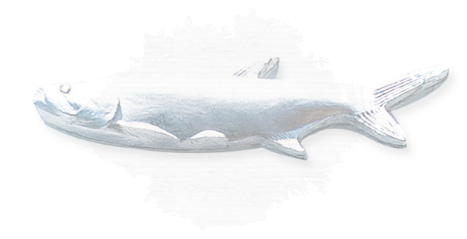Sea anemones are cnidarians, invertebrates in the same phylum as jellyfish and corals, and possess the same stinging ability as their relatives. An anemone is a single polyp, rather than an interconnected colony of polyps like many corals, and is typically attached to the substrate, lacking the free-swimming medusa stage of jellyfish.
Anemones have a muscular pedal disk that they use to attach themselves to the substrate, usually a hard surface. Many species prefer to wedge themselves into cracks and crevices that they can retract into if disturbed. Anemones can release the hold to move to more favorable conditions or escape a predator using the current to move them. A few species can even swim!
Anemones are a type of stinging polyp, a relative to coral and jellyfish. They spend most of their time attached to rocks on the sea bottom or coral reefs — anemones wait for fish to pass close enough to get entangled in their venom-filled tentacles. Over 1,000 sea anemone species inhabit the world’s oceans at various depths. Coastal tropical waters host the most extensive and varied species of anemones. Identifying characteristics include a complete run of the color spectrum. They can be as small as half an inch or as large as 6 feet across. Anemones form a famous symbiotic alliance with clownfish. A protective layer of mucus makes them immune to the anemone’s sting. Clownfish live within the anemone’s tentacles, getting protection from predators, and the anemone snacks on the scraps from the clownfish’s meals. Some anemones have a symbiotic relationship with green algae. In exchange for providing the algae with a safe harbor and exposure to sunlight, the anemone receives oxygen and sugar, the by-products of the algae’s photosynthesis.


